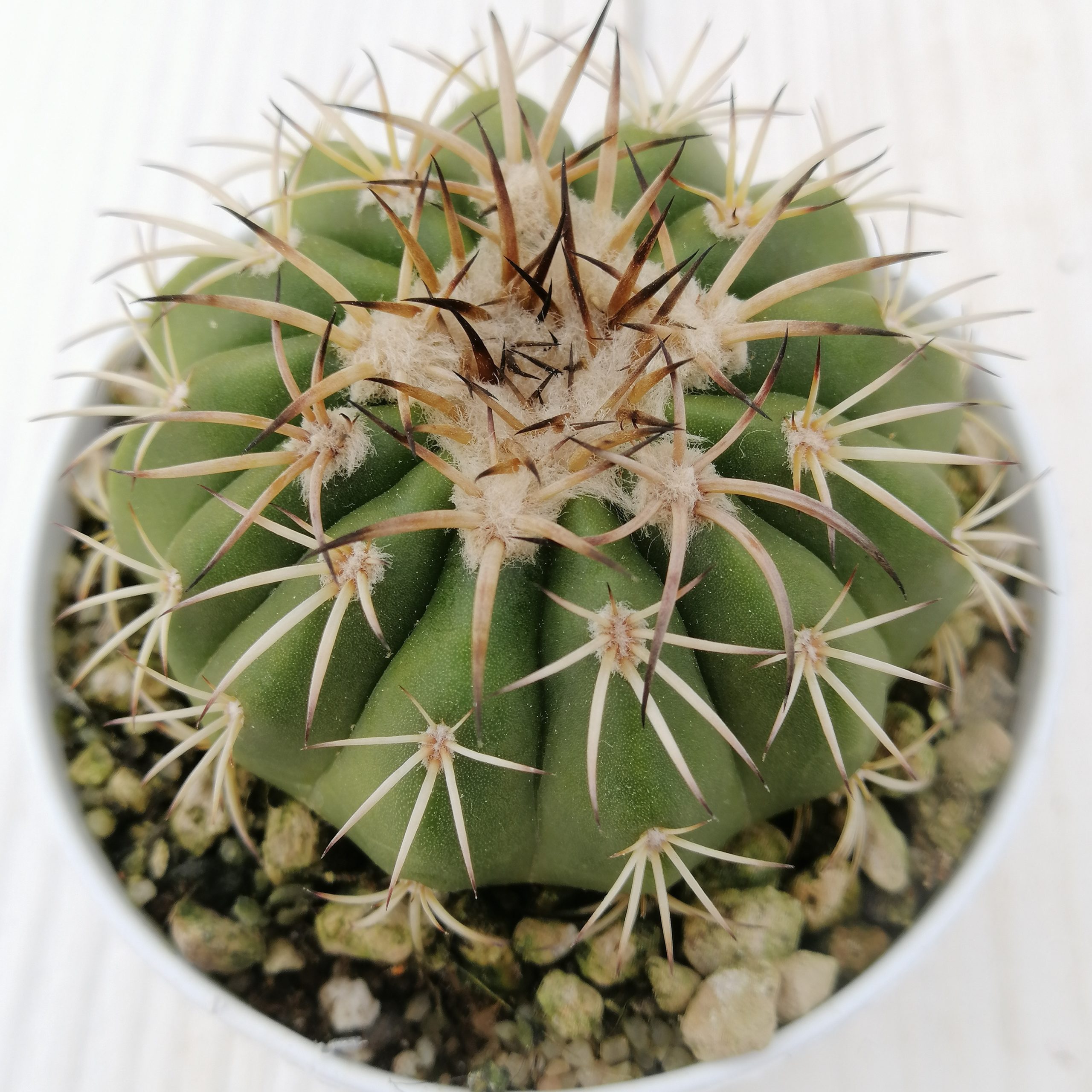The Discocactus genus beckons to horticulturalists and nature enthusiasts alike with its resplendent shapes and fascinating morphology. As the phoenix rises from the ashes, this unique cactus emerges in the arid landscapes of Brazil, offering a glimpse into the wonders of desert flora. With its plush, rounded form and captivating blooms, the Discocactus stands not merely as a plant but as a living sculpture of survival and adaptation.
This guide delves into the fascinating world of the Discocactus, cloaked in its enigmatic charm yet solid in its ecological significance. Unveiling its secrets, we explore the attributes, cultivation practices, and innate allure that this remarkable cactus holds.
Understanding the Arena of Discovery
Discocactus, aptly named for its disc-shaped body, belongs to the family Cactaceae, a diverse group characterized by their succulent adaptations. Found predominantly in the semi-arid regions of Brazil, species like the Discocactus placentiformis are emblematic of the delicate balance between beauty and resilience. These cacti thrive in environments that most plants would find inhospitable. Their ability to store water in thick, fleshy stems allows them not only to survive but to adapt and flourish where water is scarce.
Integrating their survival mechanisms, Discocactus species exhibit unique physiological benefits; their photosynthetic processes are adapted to maximize energy capture during the crepuscular hours of dawn and dusk when temperatures are more temperate. Such adaptations are not merely practical; they represent the evolutionary artistry that defines the plant kingdom.
The Elegance of Form: Morphological Marvels
At first glance, Discocactus captivates with its symmetry and form. The spherical bodies, adorned with vibrant spines resembling an artist’s brushstrokes, present an aesthetic delight. Spines serve multifaceted roles, acting as a defense mechanism to deter herbivores and reduce water loss through shading. In the wild, these cacti can often be observed nestled among rocky outcrops, where their shapes blend seamlessly into the environment, a testament to nature’s intricate design.
Flowers are where the real spectacle occurs. The blooms, often large and fragrant, unfurl during the night, inviting nocturnal pollinators. This olfactory oeuvre produces a bouquet of emotions, evoking images of romance and intrigue. The ephemeral nature of these flowers, coupled with their striking colors, heightens their allure, appealing to the senses beyond mere aesthetics. It’s as if the Discocactus whispers to us about the passage of time, urging appreciation of beauty in its fleeting moments.
Varieties in the Limelight: A Taste of Diversity
Within the genus are numerous species, each with its idiosyncrasies. The spectacle begins with Discocactus placentiformis, characterized by its flat, disc-like structure. It is a marvel of evolutionary adaptation, capable of storing copious amounts of water while sustaining itself in the harsh conditions it calls home. The lush green hue is painted with intricate patterns of yellow spines that lend a sense of grandeur.
In contrast, Discocactus slewusii adds an exotic touch to the family, with vibrant pink blooms that mesmerize even the most seasoned botanist. As if draped in an ethereal shroud, the blooms pair aesthetically with the muted features of the cactus body, creating a juxtaposition of texture and color that draws the eye and lifts the spirit.
For those aspiring to cultivate these marvels, consider the enchanting qualities of Discocactus griseus. Its unique habit of growing in clusters semblable to a jeweled crown captures the heart and mind of any collector. Such varieties not only enrich one’s collection but symbolize a connection to the ecological narratives interwoven within the cacti’s native habitat.
The Art of Cultivation: Nurturing Nature’s Design
To embark on the journey of cultivating Discocactus, one must cultivate understanding and patience. As nature enthusiasts or professional botanists, ensuring an environment that mimics the cactus’s native conditions is paramount. A well-draining substrate, rich in organic material, will serve as a nurturing ground, allowing roots to breathe and thrive.
Weaving a tapestry of sunlight into their lives, Discocactus requires abundant light, yet not the unrelenting heat of the midday sun. Providing bright, indirect light, particularly during the growing season, spurs growth and ultimately rewards the gardener with breathtaking blooms. A delicate balance serves as both shield and sustenance in the delicate ballet between plant and environment.
Watering is another critical consideration. Like a careful artist wielding a brush, timing is essential. Allowing the soil to dry out completely between waterings mimics the sporadic rains of their native land. As a general guideline, infrequent and moderate watering is the key to robustness, promoting healthy growth while minimizing risks associated with over-saturation.
Pest management, while often overlooked, plays a vital role in cactus care. Scouting for common sap-sucking foes like mealybugs or spider mites is essential. Employing organic or chemical forms of treatment ensures that the beauty of the Discocactus remains unmarred by external threats. Like guardians of a storied legacy, succulent caretakers must remain vigilant.
Conclusively, the enticing journey into the world of Discocactus enriches not only the lives of those who care for these sculptural wonders but also brings forth a renewed appreciation for nature’s craftsmanship. Their allure is inherent, a reminder that within arid landscapes lie hidden masterpieces awaiting discovery. Whether a collector, a horticulturist, or merely an admirer, the Discocactus stands as a symbol of resilience and beauty, a testament to nature’s whimsy and artistry.

Leave a Comment